Becoming Your Family Video Biographer
By Guest Author: James Duke, Life Story Pictures
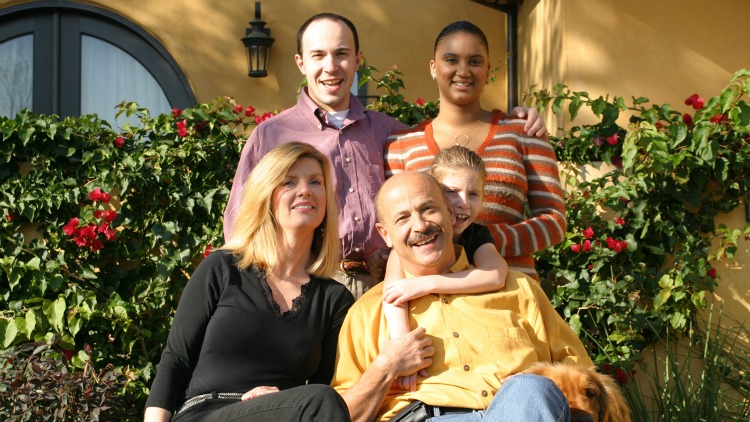 James Duke (author) and Family
James Duke (author) and FamilyHow Most People Start
The desire to tell our story has been with us for as long as people wanted to tell stories, and that has been with us for as long as … you know, a very, very long time.
This post describes my journey making our family video biography. I started with a bunch of photos and home movies and ended up with something that looks and feels like a professionally done documentary about the history of an ordinary family.
These days more and more people who would like to preserve their life and family history, turn to visual media instead of (or in addition to) the written word. I was lucky enough to have a treasure of family photos and home videos. As most people, I kept our photos in albums and envelopes. I thought I will first divide the material of the lives of myself, my wife and our children into a set of reasonable chapters, and then labor to produce 4-5 chronological movies.
Without fail, most people want to organize their visuals to protect their family treasure: scan the photographs and convert 16 mm film / VHS videos into a digital format. So did I when I started years ago.
Selecting the visuals was difficult. I found that among stills, action photos fit best. I selected the most compelling visuals, and chronologically placed them into the editing timeline. After many iterations, my rough cut was ready. I played it again and again but … something was not right. Paraphrasing Mr. Caesar from a long time ago, “things we have never done before always appear simple”. I figured out that to make my movie flow smoothly I needed to add narration (voice-over), rather than text annotations. I also needed to fix many cuts and transitions between clips and photos.
Still, my work did not feel like a good documentary. It felt like a home movie. Yes, there were interesting episodes from our family history, but I wanted the film to be compelling, something my family and my children would want to see and show to their children. This was not it.
It was time to get some professional
advice.
And Now Seriously...
Every beginner’s guide I read said: it’s not the image/audio quality – it’s the STORY! As my teenage daughter would say, “no duh.” EVERY family has a unique story. What is our history? What drives us? How do we get to be who we are? There are no uninteresting lives.
The secret sauce is finding a theme to tell OUR STORY.
I took time deciding on the theme. Was it about our professional achievements? Or, maybe about the great family we built? I decided mine was about two people, brought up in two different parts of the world, who followed very different routes to America and the serendipity which brought them together to forge the bonds of the family.
I built a rough outline, staying true to my theme. Yes, it was chronological, but there was a storyline for each family member. Eventually, the storylines acquired natural connections.
Sometimes, I got further along in one storyline then in others. I learned not to be afraid to refer to the future and the past of our lives and eventually was doing it without loosing the current thread.
Guidebooks on documentary film-making talk about interviews with subject “experts” to make the film authentic. Our “experts” were our own family members, so the next step was to interview ourselves. This step became a process of discovery. Individual memories – some never shared – and emotions never expressed, were “printed” into our story. Invaluable!
Through it all, I fought my desire to include beautiful visuals that did not belong. Again and again, I cut, cut, cut. Sometimes removed visuals coalesced into unexpected chapters. “Our Christmas Holidays” for example, became a natural part of the story.
Then background music. At the right moment, music can enhance the mood and evoke wonderful memories. The trick is not to “impose” on the dialog, voice-over or interview-over. A good movie should still tell the story even without music.
Finally, I filmed a short introduction explaining why I created the movie, and an ending to leave my audience with some parting thoughts.
To my genuine surprise, even the youngest members of our extended family found some parts of the story very interesting. After the “film screening,” there was very lively discussion involving our children and their grandparents.
Here is one of the "Roots" sections from the film.
Our children say they have watched our video biography many times. I believe this movie reminds them of what they mean to each other.
Editing and Composing
To drive the movie, I sometimes placed interviews within the same image frame as the still photos and video clips with a split screen and a so-called “Barn Door” movement. I also mixed animated photos (Ken Burns effect).
Here is an example of a "Child's Achievement" section of a video biography, describing the quest to become an equestrian.
The cuts and transitions needed learning and took some time to master. “In the Blink of an Eye”, by Walter Murch is a great place to start. He is one of the best editors in the industry. Also, Larry Jordan has an excellent set of tutorials on FCP X video editing, called Final Cut Pro X – Complete.
Equipment
Some of the equipment I used is quite pricey, but one can either sell it after the video or keep it for future projects.
Cameras – through the years, I used an analog camcorder, a standard definition digital camcorder and the Sony HD camera HDR-FX1 - I am a great fan!
Lights – the most important part of the interview shoot. There is a set of excellent tutorials from Izzy Video called Lighting for Video 101: Guide. I used a pair of Diva-Lite 400 Universal for the key and fill lights.
Microphones – I used a shotgun (Sennheiser ME66) microphone with a low noise XLR balanced cable/connector. To connect the mike to HDR-FX1 camera I used BeachTek’s DXA-HDV SLR adapter. To connect the mike to my computer for voice-over, I used M-Audio’s M-track adapter.
Computer – I used my old 2008 Mac Pro with 16GB RAM, internal 2-disk RAID 0 media storage, NVIDIA’s GTX 680 graphics card and Blackmagic Design’s Intensity Pro adapter for video monitoring.
Software
I used Apple’s Final Cut Pro X with Compressor for video editing and compression. There are more simple, entry level applications, but to produce a high quality, professionally looking movie, take the time to learn the so-called pro-summer/professional software.
I also used Adobe’s Photoshop CS6 for photo editing and Adobe Encore CS6 for blu-ray disk mastering.
Final Thoughts
My take away from this film-making voyage: the story is the king, cut all visuals that lead your story astray, spend a little time learning the ropes before embarking on the project, make sure audio and video are good enough not to distract your audience from following the story.
This is a very rewarding and worth-while endeavor. Your family and friends will love it. It will be watched over and over again!
About The Author
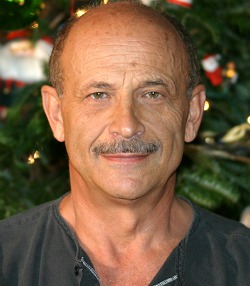
James Duke spent his career in high-tech industry in Silicon Valley. He worked for large and small companies and was a founder of several start-ups in the Valley. After retiring several years ago, he made a full-feature Video Biography called “The Duke Family Story.” This experience led to Life Story Pictures and the decision to help other people tell their personal history stories in this compelling video form.
Learn more: lifestorypictures.com
Contact James at jduke@lifestorypictures.com.
Please leave a comment below to let James know your thoughts about his article "Becoming Your Family Video Biographer".
Other Articles You May Enjoy
- How To Make A Family Legacy Documentary
- Home Made Videos: 10 Fun & Creative Video Gift Ideas!
- How To Make A Life Documentary Of Your Parents
- How To Make A Mini-Documentary
Ready To Make Your Dream Documentary?
Sign up for our exclusive 7-day crash course and learn step-by-step how to make a documentary from idea to completed movie!





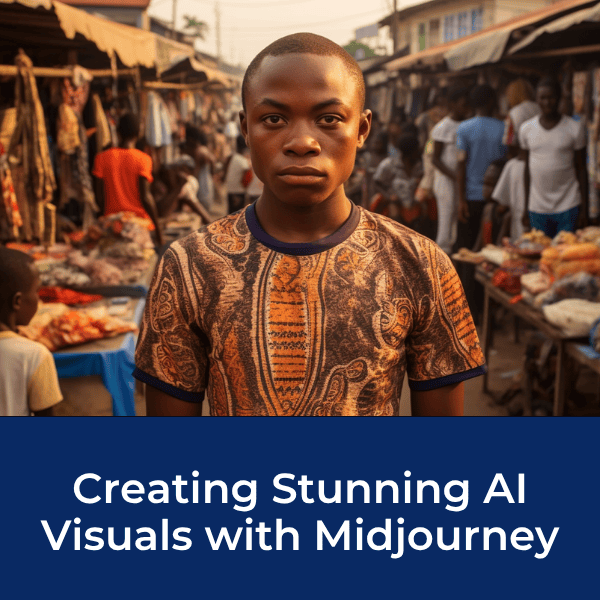
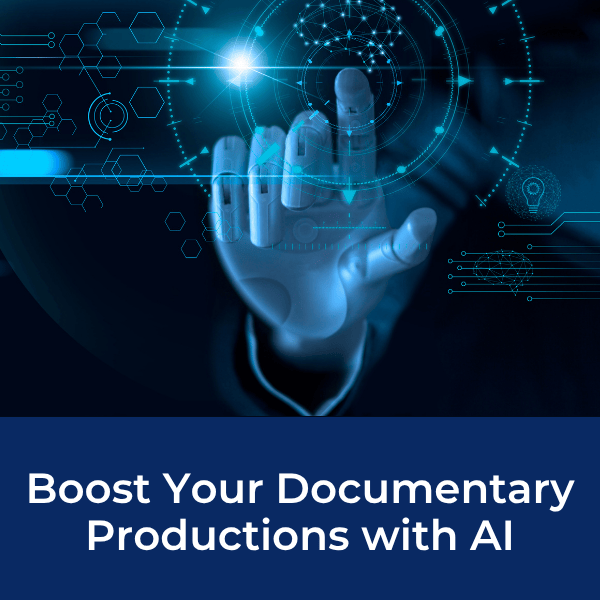


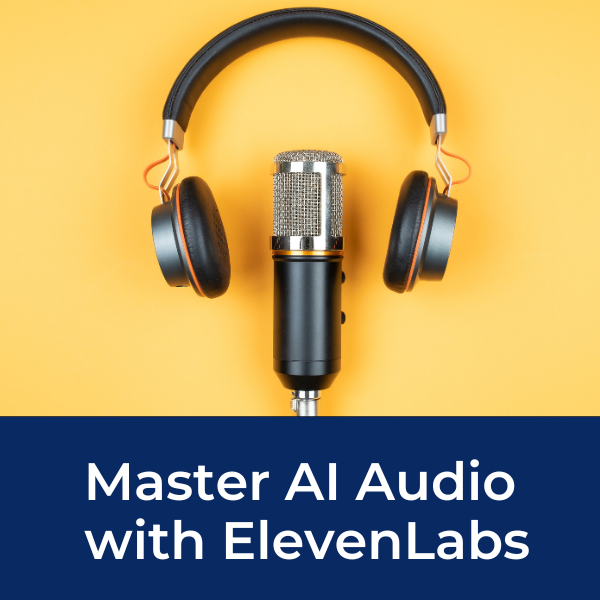







New! Comments
[To ensure your comment gets posted, please avoid using external links/URL's]